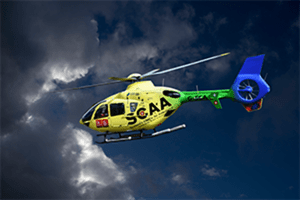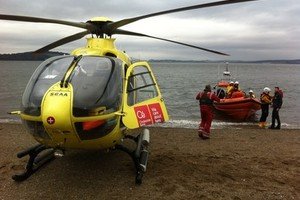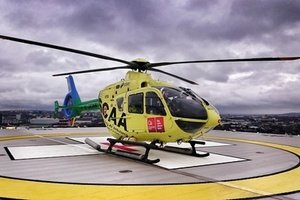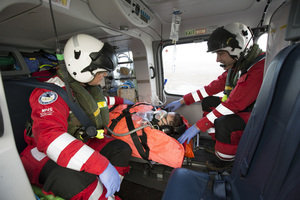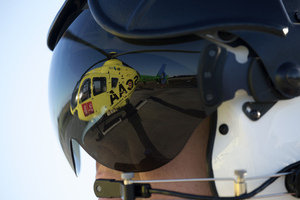
Find out what happens in the five minutes between tasking and take off
Since our inception in 2013, Scotland’s Charity Air Ambulance (SCAA) has responded to thousands of time-critical emergencies. Every year, our crews are tasked to hundreds of call outs.
SCAA’s tagline is ‘Saving Time, Saving Lives’, as when dealing with a medical emergency, every second counts. Our crews can be airborne within five minutes of receiving a call out. Despite the quick turnaround, a lot happens in this short space of time.
A patient’s chance of survival and full recovery are greatly increased if they receive the right medical care within the first hour of injury or illness. The speedy response of SCAA and its ability to reach Scotland’s most remote and rural areas saves vital minutes when every second really does count.
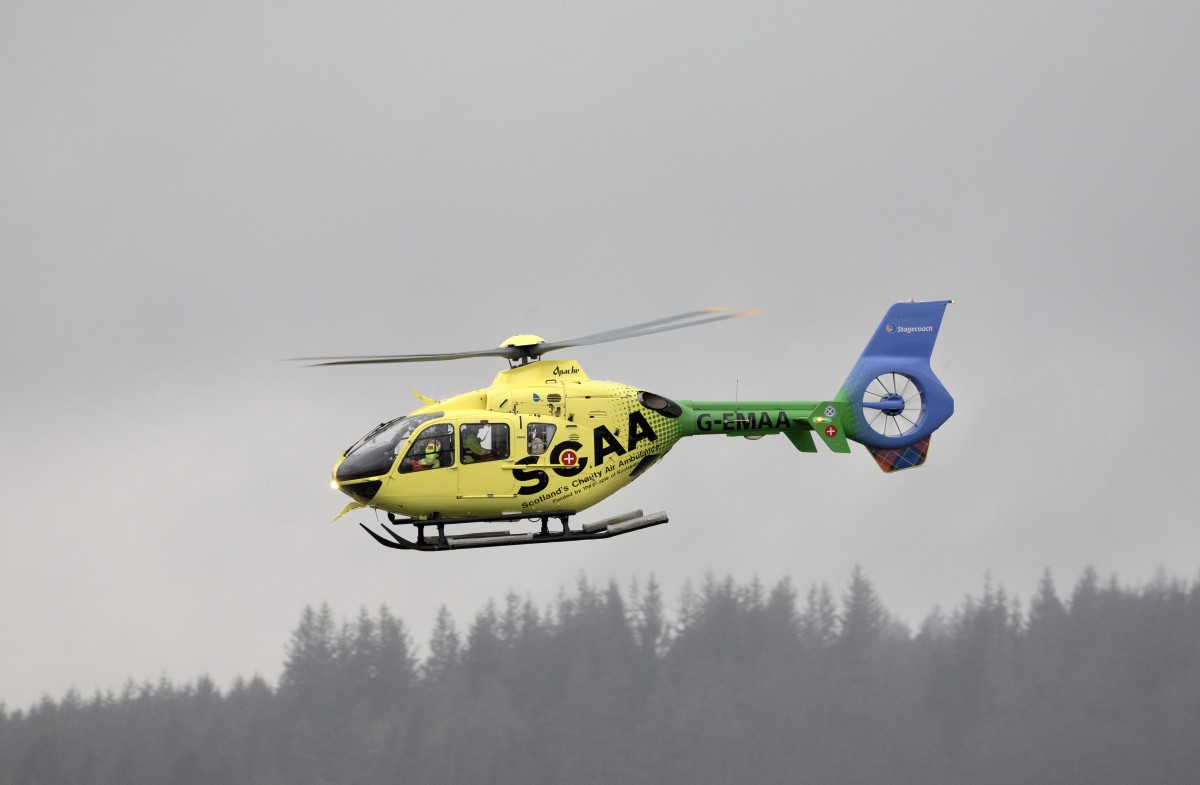
Here, we explain how SCAA is tasked from receiving the 999 call to preparing for take-off.
HEMS CALL
All 999 calls in Scotland are received by a call handler at the Scottish Ambulance Service (SAS) control desks at either Edinburgh, Glasgow, or the Inverness centres.
The nature of the call is assessed and basic details about the patient’s condition and location are logged before the call is graded.
The SAS specialist service desk situated adjacent to a critical care practitioner will then task SCAA as per air ambulance tasking criteria, that is, based on condition, and location.
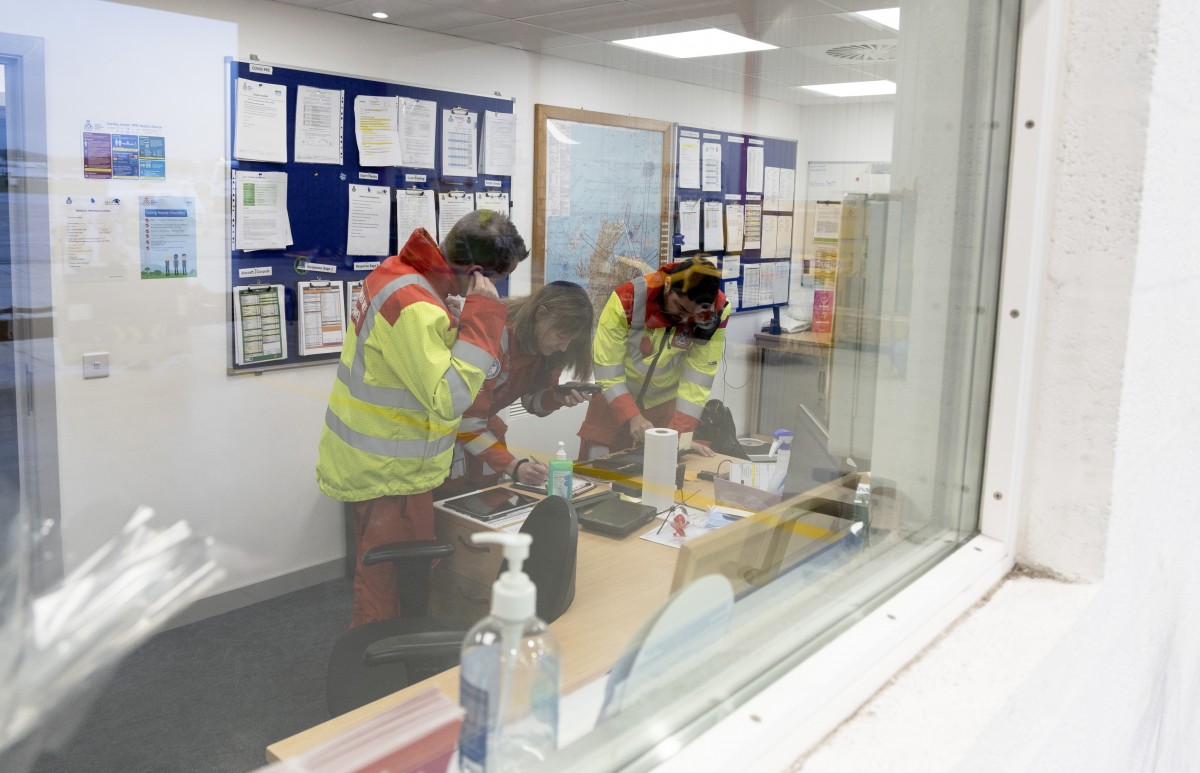
The dispatcher will then call the HEMS phone at SCAA. Seven days a week, the crew are always on alert for this call which signals them instantly to action.
The team (two paramedics and a pilot) gather together at the phone to receive the vital information required in relation to the incident.
A six-figure grid reference is given from the operator along with a location. They also receive the incident details and potentially a caller phone number to contact the person injured or another bystander on the scene. These calls can be connected from the aircraft itself. This is particularly useful when attending, for example, a hillside injury, as determining the exact location of the injured patient can be difficult amid vast swathes of rural landscapes.
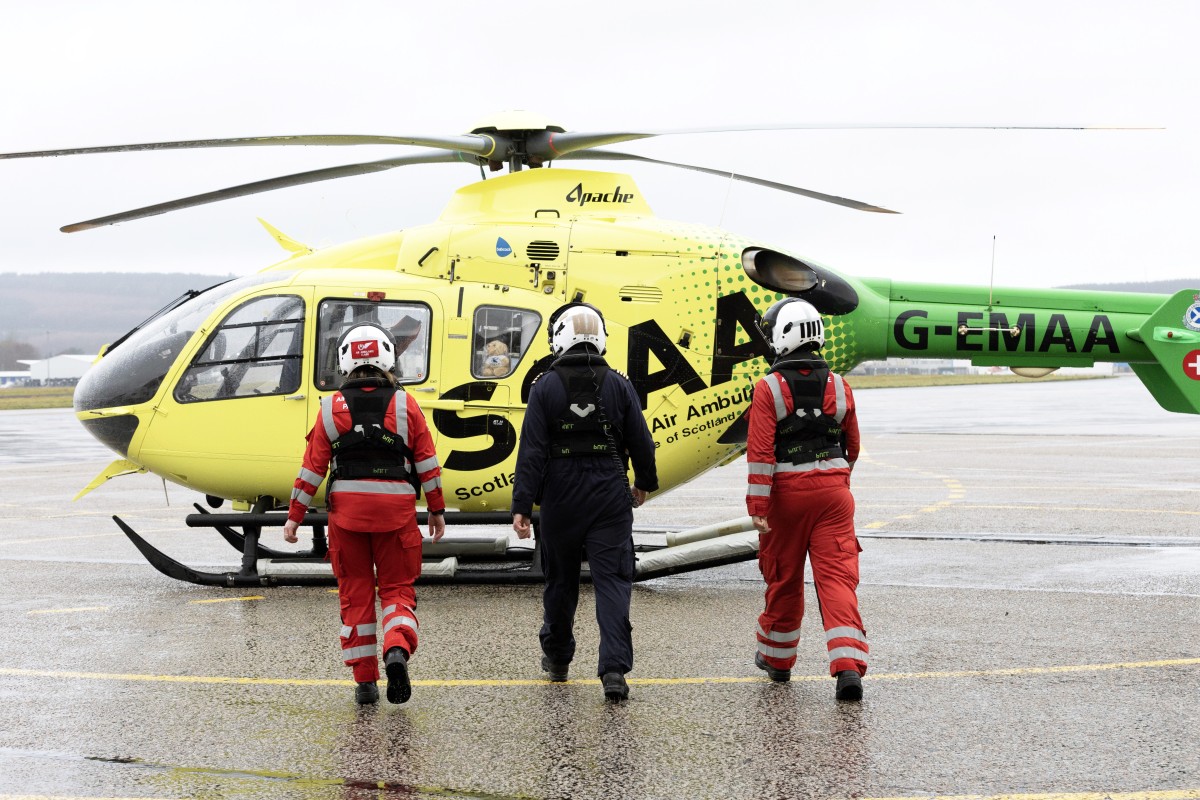
The considerations that need to be taken into account before take off are numerous. For remote villages or hamlets the crew will evaluate what ambulance is going to the incident, and if there is a local GP, or first responder nearby.
If the call is to a mountainous area, the crew will gauge whether mountain rescue is available to support on the scene.
For a road traffic incident, or agricultural emergency, the team will carefully consider the most appropriate landing site which could often be a road, or where the least obstructions that could interfere with the aircraft are.
PRE-FLIGHT ASSESSMENT
Once the crew have confirmed all the information received from SAS, they upload this onto the electronic planner to display the flight route to the incident, which shows the height of the ground they will be flying over, and also signals any potential hazardous obstructions.
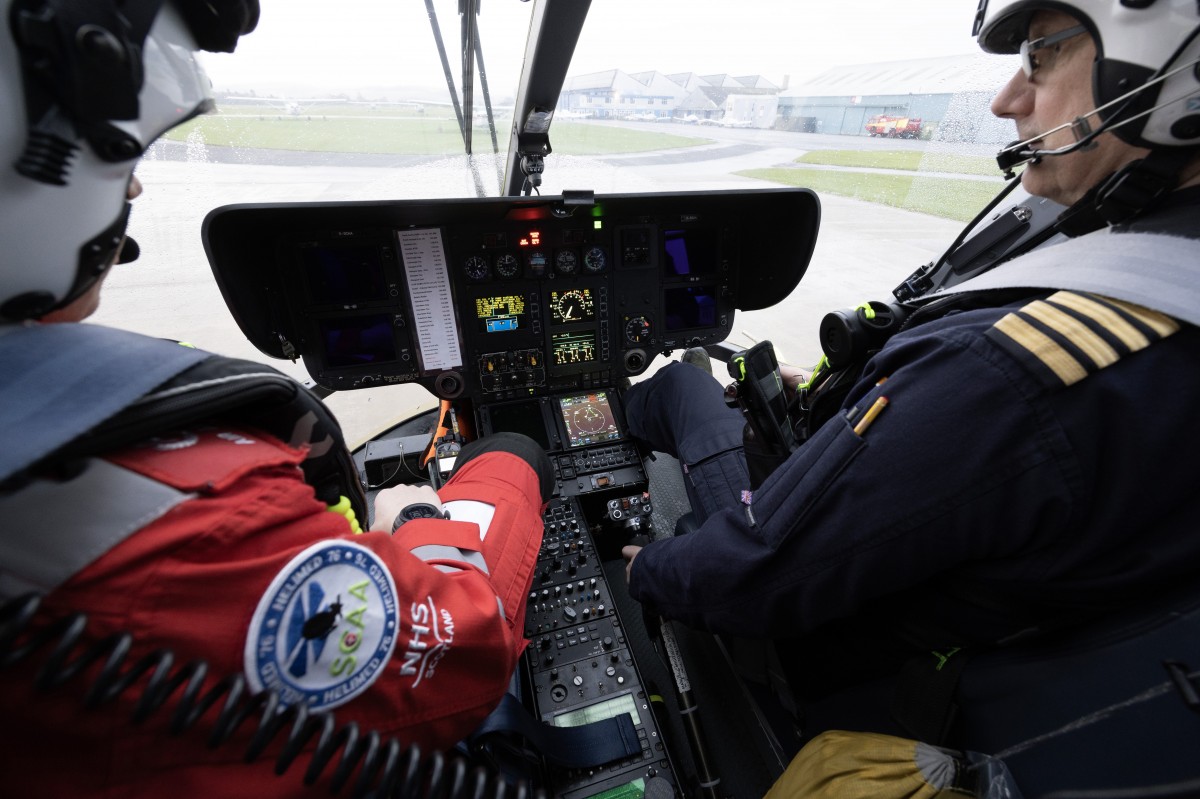
Whilst this is happening the pilot will be thinking about the fuel of the aircraft – will they need more, or can they head straight to the scene? Will they have to refuel at another location before returning back to the base?
Together the team will confirm that it is safe for them to proceed.
START THE ENGINES
When all the relevant information is logged, the call is terminated and the pilot will start the aircraft.
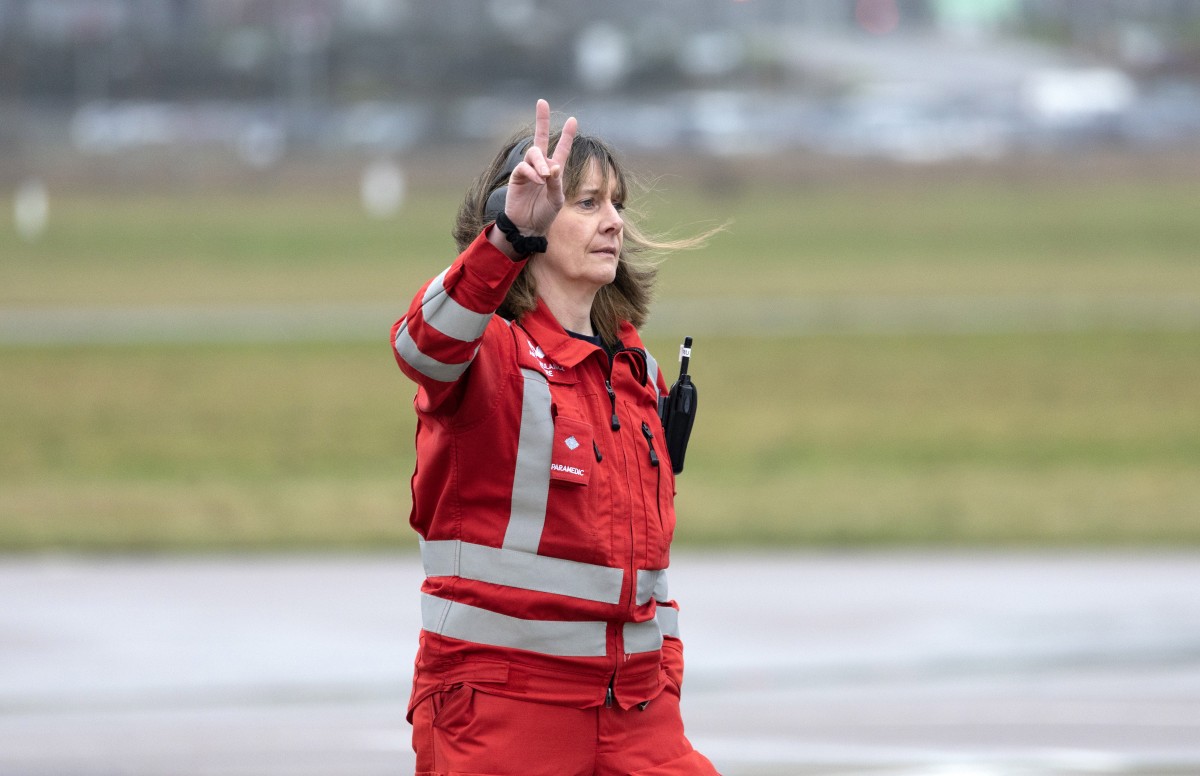
Once wearing their kit (a life-vest and helmet), both paramedics will then proceed to the aircraft, with one standing watch to ensure the area around the aircraft is clear and that both engines have started safely. The front seat paramedic will input the grid refence into the navigation system.
The pilot will then start the second engine and ensure radios and navigation systems are configured. Together the crew will continue to complete the pre-flight checklist.
Within five minutes from receiving the initial HEMS call, SCAA will be in the air, en route to the scene.
